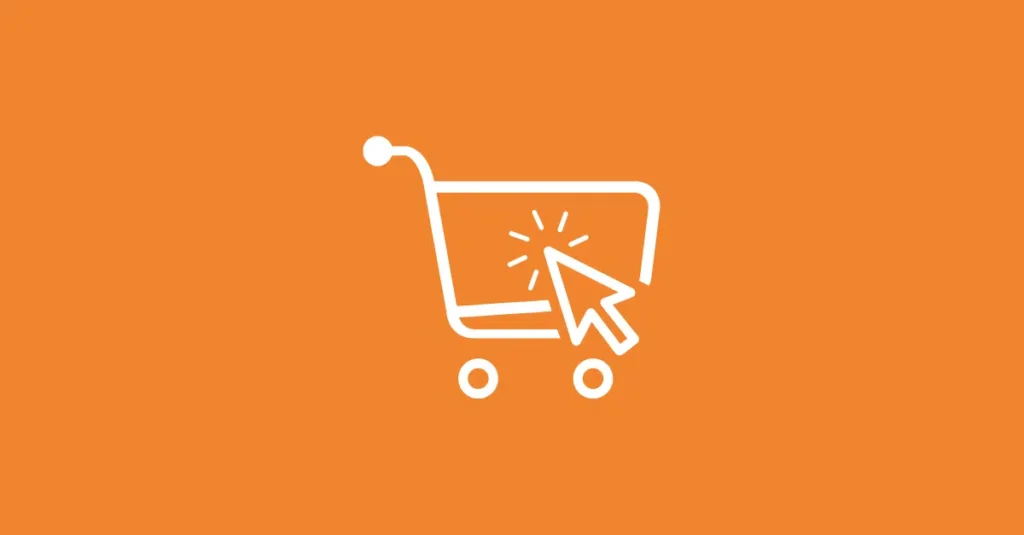Whether your eCommerce business is steady, but you’d like to kick things up a notch or you want to start a new store with a strong foundation, inbound marketing might be just what you need. Inbound marketing for eCommerce can reduce your cart abandonment rate while increasing conversion rates. It’s also a good way to increase customer satisfaction and loyalty.
Does Inbound Marketing Work for eCommerce?
Not only does inbound marketing work for eCommerce, but it is critical for companies who hope to reach peak performance. Each year, there’s more competition in the market, and more than four out of ten shoppers are willing to buy from another company if yours fails at eCommerce personalization.
Personalization and customer engagement are vital to increase customer satisfaction, loyalty, and lifetime value. And inbound marketing is designed with those needs in mind.
What is Inbound Marketing?
Inbound marketing is a strategy that gets customers to come to you instead of interrupting them with traditional marketing tactics like advertisements. It works by delivering highly relevant content and offers based on a deep understanding of your customers.
That understanding allows you to understand and solve shoppers’ problems at each stage of the sales process. In this way, you’ll attract, convert, close, and delight customers so that each customer leads to more revenue in the form of repeat purchases and referred customers.
There are three critical components of an inbound marketing eCommerce strategy:
- Buyer personas
- The Buyer’s Journey
- Customer segmentation
Let’s dig deeper into each of these topics so you can see how they apply to your eCommerce business.
Buyer Personas
A buyer persona represents one of your ideal customers. In broad strokes, buyer personas highlight the key characteristics of different types of shoppers who frequent your store. For example, if you sell clothing, you might have a buyer persona for parents shopping for their kids, men shopping for themselves, and women shopping for themselves.
Your buyer personas should be based on large groups of customers with unique wants, needs, and concerns. Then, your marketing should target each persona individually, so that your shoppers receive highly relevant content, outreach, and offers.
Buyer’s Journey
The Buyer’s Journey represents the major steps each persona goes through. At each step, each persona may have different questions or needs. Your job is to create content that answers those questions and satisfies those needs so that you can deliver it when the time is right.
Awareness Stage
In the Awareness stage, your customers are aware that they have a need or a problem. Here are a few examples of shoppers in the Awareness stage:
- A man decides to ask his girlfriend to marry him. He needs an engagement ring.
- A dad realizes school is starting soon. He needs clothes for his kids.
- A college student wants to look cool. He needs an awesome t-shirt.
Depending on the products you sell, the Buyer’s Journey may be compressed to the point that a sale usually happens within a few minutes of a shopper entering the Awareness stage.
The college student looking for a shirt probably decides he wants a shirt and buys one within fifteen minutes. The man looking for an engagement ring likely takes much longer than that.
Most marketing channels can be effective at every stage of the Buyer’s Journey when done right. But at this stage, tactics like SEO and social media are the typical tactics eCommerce businesses rely on.
Consideration Stage
In the Consideration stage, your customers are researching different options. The man looking for an engagement ring could be considering used rings on eBay, buying a ring online, or buying a ring from a brick-and-mortar store.
Website content, retargeting ads, and email retargeting campaigns that address questions that will arise during a shopper’s research are a good way to stay on their radar.
Decision Stage
In the Decision stage, your customers are ready to make a purchase. In the example of the man looking for an engagement ring, the man has decided to buy a ring online. Consider using Google Search Ads, email marketing campaigns, and remarketing ads to convince him that you’re the right online jewelry store for his needs.
Customer Segmentation
Customer segmentation, or audience segmentation, is the process of dividing shoppers into groups so that you can send each group relevant information and avoid sending them anything they won’t be interested in.
First and foremost, customers should be segmented based on their buyer persona and what stage of the Buyer’s Journey they’re in.
You can also use other types of segmentation to deliver highly relevant content and offers.
Types of Segmentation
The four ways audiences are generally segmented are:
- Geographic segmentation is based on location.
- Demographic segmentation is based on identifiable attributes like age and gender.
- Behavioral segmentation is based on behaviors like website activity.
- Psychographic segmentation is based on psychological factors determined through surveys and other tools.
You can get this data through inbound marketing tools[1] like:
- HubSpot for eCommerce[2]
- Mailchimp for eCommerce[3]
- LeadPost website visitor identification
Once you build your customer segments, you can begin to target different customer groups with relevant marketing campaigns. In other words, you can personalize your marketing efforts.
Inbound Marketing is a Must for eCommerce
Now you know why inbound marketing is essential for eCommerce stores and how you can implement an inbound marketing approach. All you must do is put the right pieces in place so that you can engage your customers and establish your company as the market leader.
[1] Here is The Best Affordable Inbound Marketing Tool for eCommerce
[2] A Quick Little Guide on How to Use HubSpot for eCommerce
